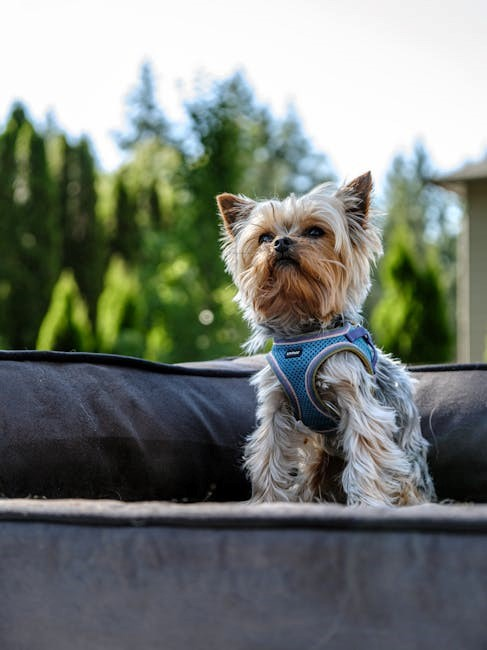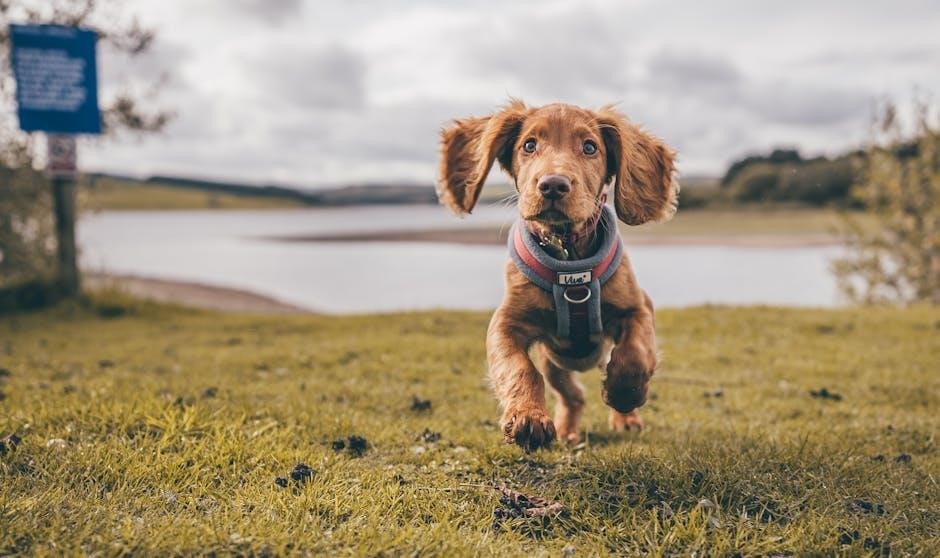
Dog harness guide provides essential information on choosing the right harness for your pet using
- ordered lists
and
- unordered lists
to outline key points clearly always.
Importance of Choosing the Right Dog Harness
Choosing the right dog harness is crucial for your pet’s comfort and safety, using a harness can prevent neck injuries and reduce strain on your dog’s body. A proper harness can also improve communication between you and your dog, making walks more enjoyable. According to research, a well-fitting harness can reduce the risk of health problems and improve your dog’s overall well-being. With so many different types of harnesses available, it’s essential to consider your dog’s individual needs and preferences when making a decision. By selecting the right harness, you can help ensure a happy and healthy relationship with your pet, and create a positive association with walks and outdoor activities, which is vital for your dog’s physical and mental health, and can be achieved by using a dog harness correctly.
Types of Dog Harnesses
Dog harnesses come in various styles, including back and front clip options, each serving different purposes always effectively.
Front Clip Harness and Its Benefits
A front clip harness is a type of dog harness that has a leash attachment at the front, typically on the dog’s chest or close to it, which provides better control during walks. This type of harness is ideal for training purposes, especially leash training, as it helps to steer the dog in the right direction. The front clip harness is also beneficial for dogs that pull on the leash, as it helps to reduce pulling and makes walking more comfortable for both the dog and the owner. Additionally, front clip harnesses are often used for dogs that are still learning to walk on a leash, as they provide a gentle and comfortable way to guide the dog. Overall, the front clip harness is a useful tool for dog owners who want to train their dogs to walk nicely on a leash, using
- ordered lists
to outline key points clearly and effectively in dog harness guide.
Benefits of Using a Dog Harness
Dog harness provides comfort and support using
paragraphs
and reduces strain on the dog’s body always.
Prevention of Neck Injuries and Strain
Preventing neck injuries and strain is a crucial aspect of using a dog harness, research indicates that harnesses distribute force more evenly across the body compared to collars. This reduces the risk of neck injuries and tracheal damage, making it a safer option for dogs. According to studies, a well-fitting harness can significantly reduce the strain on a dog’s neck and body, promoting a healthier and more comfortable walking experience. By using a dog harness, owners can help prevent potential health problems and ensure their pet’s well-being. A dog harness is designed to provide a secure and comfortable way to walk your canine companion, and its benefits extend beyond just preventing neck injuries and strain, it also provides a means of communication between the handler and the pet. Owners should choose a harness that fits their dog correctly.

Factors to Consider When Selecting a Dog Harness
Consider dog size, breed, and activity level when selecting a harness using online resources and expert advice always carefully.
Measuring Your Dog for the Correct Fit
To ensure a comfortable and secure fit, measuring your dog is crucial when selecting a harness. Use a flexible tape measure to take the circumference of your dog’s chest, typically just behind the front legs. You can also measure the neck and length of your dog to determine the best size. Consider the breed and size of your dog, as different breeds have different body types. For example, a Greyhound will have a different body type than a Bulldog. When measuring, make sure the tape measure is level and not too tight or too loose. You can also consult with a veterinarian or a professional dog trainer for advice on measuring your dog. By taking the time to measure your dog correctly, you can ensure a proper fit and prevent discomfort or injury. This will also help you choose the right size harness.

Introducing the Harness to Your Dog
Use a gradual approach when introducing the harness to your dog slowly always.
Tips for a Smooth Transition to a Dog Harness
To ensure a smooth transition to a dog harness, start by allowing your dog to become familiar with the harness in a controlled environment, such as a room or enclosed area, using a step-by-step approach. Begin by simply showing your dog the harness and rewarding them with treats and praise for remaining calm. Gradually introduce the harness, allowing your dog to sniff and explore it at their own pace. Once your dog is comfortable with the harness, it’s time to start putting it on them, beginning with short periods of time and gradually increasing the duration. Be patient and remember to reward good behavior, using
- ordered lists
and
- unordered lists
to outline key points clearly, and consider enlisting the help of a friend or family member to assist with the transition, making the process enjoyable for your dog, always.

Common Mistakes to Avoid When Using a Dog Harness
Incorrect sizing and poor fitting can cause discomfort using links and images to explain mistakes clearly always.
The Wrong Harness Can Harm a Dog’s Biomechanics
Research indicates that some harness types can restrict shoulder movement and reduce stride extension, potentially leading to long-term health problems for dogs. According to studies, a poorly designed harness can put unnecessary strain on a dog’s joints and muscles, causing discomfort and pain. Using a harness with a proper fit is essential to prevent these issues. A harness that is too tight or too loose can cause biomechanical problems, so it’s crucial to choose a harness that allows for a full range of motion. By selecting a well-designed harness, dog owners can help prevent potential health problems and ensure their dog’s comfort and well-being. This information is crucial for dog owners to make informed decisions when choosing a harness for their pet, and to prioritize their dog’s health and safety always using correct methods.
